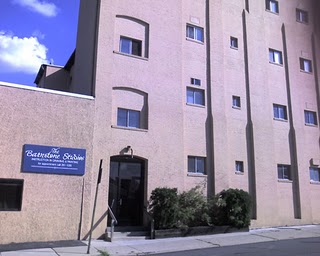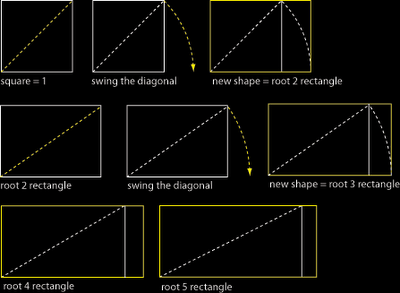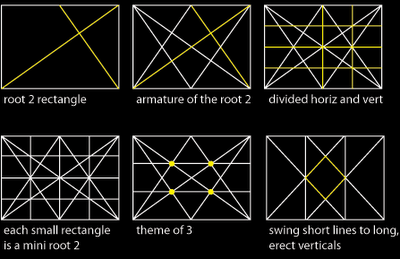Barnstone Studios, Coplay PA
 Monday, August 13, 2007 at 3:25PM
Monday, August 13, 2007 at 3:25PM  While in Pennsylvania this past week I made sure to take a side trip to visit Barnstone Studios, where both Juliette Aristides and Dan Thompson studied for several years. I called first and spoke to founder Myron Barnstone who welcomed me to come that evening to observe a class.
While in Pennsylvania this past week I made sure to take a side trip to visit Barnstone Studios, where both Juliette Aristides and Dan Thompson studied for several years. I called first and spoke to founder Myron Barnstone who welcomed me to come that evening to observe a class.
I walked up the stairs on a late afternoon summer day and entered what I consider to be art school heaven.
The entire 3rd floor of the building is one big room with white walls, white ceiling, and wooden floor and windows all the way around. All the windows were open and several fans were on to combat the sweltering day, so the air was cool and the room was bright with ambient natural light. Drawing benches were set up around a central drawing stand and a few students milled around talking quietly while waiting for class to start.
Student artwork covered movable white walls arranged around the room, all excellent but the most striking being a series of larger-than-life figure drawings on huge paper done by an 18 year old student who had already been studying at Barnstone for 6 years. My envy was palpable I am sure.
In the middle of it all was Myron Barnstone who surprised me by rising to greet me enthusiastically and then spending 20 minutes to give me a personal tour of the space, gesturing at student artwork while he talked with a laser light pen. He then invited me to stay and observe the drawing class which was about to begin.
The students began to draw from the posed figure. First they lightly sketched the three-dimensional cubes of the head, torso and pelvis and a center line. Next they seemed to focus on the features of the face, which surprised me. Then main lines of the full figure were sketched in lightly with a series of straight lines, and at intersections the students drew dark points with their charcoal.
I could not see how this method would be successful, but within the short, 10-minute poses I saw several students create convincing figures, with drawings that resembled to me a three-dimensional transparent wireframe with hard points at the intersections. (I did not take the class so I am sure I am getting this wrong, but it's how it appeared to me.)
Mr. Barnstone circled the room quickly, barking out sharp corrections to individual students. He is a white-bearded, intimidating figure who does not hesitate to take over the charcoal to demonstrate a better angle, but who also punctuates his comments with winks or the occasional joking threat to "cut off a toe" of any student who does not follow his instruction. His students are quietly deferential and he clearly runs a tight ship, but the overall attitude is that everyone is enthusiastic to learn from him.
After a few 10-minute poses we are all called to the lecture room, a corner blocked off in the back with rows of folding chairs and an ingenious glass wall which is a rear-projection slide projector. Myron Barnstone flips through maybe 30 slides in 20 minutes, diagramming a wide range of master drawings with Phi diagrams overlays, derived from the Golden Section. He shows how the strict conformity of the drawings to the Phi system, from ancient Egyptian murals up through Sargent portraits, is so exact that any suggestion that the system is intuitive or accidental is laughable.
I was somewhat familiar with the basic concept of the Golden Section from Juliette's introduction at her workshop, and what she describes in her drawing book Classical Drawing Atelier.
Mr. Barnstone kept referring to a "Root 2" and "Root 5" Golden Section, terms I was not familiar with, but my questions were answered when he invited me to watch a video of another one his lectures. I took lots of notes but couldn't capture everything. Here are some of my notes:


After the lecture I asked him if there are any books that teach the Golden Section as applied to art. He recommended about 10 books to me, but said what he teaches is not offered in any one of them.
He said again and again: Creating art is not the slavish copying of what we see, but intentional design. He feels that great art is a modified version of what we see - as he has written on a plaque: Select, Emphasize, Exaggerate, Entend, Elaborate, Refine
I asked him if he feels there is a current revival in the study of classical art. He surprised me by saying emphatically No. He says there is a revival in the interest in making pictures using classical techniques, but not everyone is making art with those techniques. He says he is most interested in artists who use what they have learned to make new, relevant contemporary artwork.
He says there is no use in repeating, going back to what was done before, but that we must use these concepts to make art that resonates today. As illustration of this he mentioned several artists, including Ann Gale, an artist whom I just discovered on my own a couple weeks ago.
He also had a lot to say about color - that most classical paintings are of the "brown school" of color, like Ingres or Rembrandt which are mostly shades of brown, black and yellow. And that now we know so much more about color that we should not bother using color the way the Old Masters did. This was also a familiar concept after working with Dan for the last couple weeks.
I left scheming about when and for how long I could steal away to study at Barnstone Studios. I am hoping I can study there next year for a couple months.
I should caveat all this by saying that I am not a journalist, and these notes are simply my perception of what Mr. Barnstone said. Nothing is an exact quote.
Reader Comments (5)
Thank you so very much for taking the time to share your experience. You have given me lots to think about and learn and that's exciting.
So it gets harder? LOL
I am fortunate enough to have studied under Myron at the studio and I will say it was the single most rewarding experience of my artistic education. The hardest, but also the best, truly a place where inspiration is born.
Sarah
I was lucky to have been a student of Barnstone's (as we called him but never directly) during his last semester at Lehigh University. He was known as a hard ass who liked to make our lives a living hell. I, like most others, absolutely hated him as a professor.
But, I loved him as a teacher. I learned more that semester than in any other class I took, more than I can even remember. Things that still pop into my head to this day. And as I got to know him, it became apparent that the tough outer shell was never really there. He just wanted his students to see what he saw and really succeed.
I currently am a student at Barnstone Studios, and I agree; it was and is still the most rewarding experience of my life. I came to Myron with barely any interest in art and he mentored me through my entire struggle. I'm certain that what I learn at the studios will be the foundation for any artistic accomplishment I might achieve in the future.